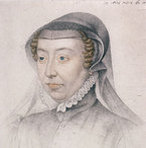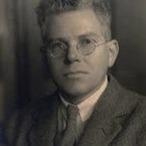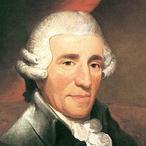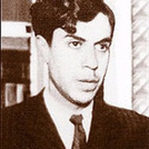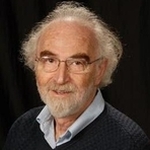|
The new CD from Naïve records is a stunning collection of arias written for the star castrato Caffarelli. Performed by the Argentinian countertenor Franco Fagioli and Il Pomo d'Oro, led by Riccardo Minasi, it is packed with world-premier recordings. 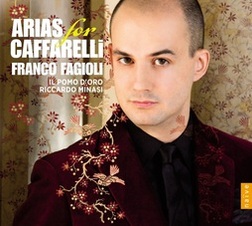 Arias for Caffarelli Arias for Caffarelli The CD begins with the astonishing “Fra L'orror Della Tempesta” from Johann Adolf Hasse’s Siroe. Fagioli’s formidable virtuosity is on display from the onset, ascending the first of several A5’s at the beginning of the second phrase. The punishing tessitura would be unmanageable for many singers, yet Fagioli seems to revel in the high phrases. His navigation of the four consecutive trilled A5’s in the A section is a delight to listen to. In the second Hasse offering, “Ebbi Da Te La Vita”, Fagioli’s incredible legato and support come to the fore, each phrase handled tenderly. From the opening fanfare of Vinci’s “In Braccio a Mille Furie” it is clear that this aria is going to blow the listener’s socks off. Fagioli spins a furious dance across nearly two octaves, running seamlessly from D4 (the only note Fagioli modulates into the modal voice to sing) and A5 and B5. Leonardo Leo’s “Misero Pargoletto” is a tense, atmospheric piece, which Fagioli performs with intelligent choices in both dynamics and tempi. By sustaining a slow pace throughout the aria, he envelops the listener in the fluidic texture of the composition, in a similar mannaer to Bartoli in arias such as “Sposa, non mi conosci”. More fireworks abound in the frenetic “Un cor che ben ama” from Domenico Sarro’s Valdemaro. Mention must be made of the spectacular virtuosity of the trumpet playing in the aria. The maturity and depth in Pergolesi’s “Lieto cosi talvolta” is apparent from the opening few bars. Following the showy spectacle of the previous aria, “Lieto cosi tavolta” allows us to admire Fagioli’s ability to turn the simplicity of Pergolesi’s line into a masterclass of breath-control, technique, and beautiful, exposed high notes.
In “Sperai vicino il lido”, Leonardo Leo alternates between pensive slow phrases, and speedy virtuosic passages. Fagioli navigates these changes well, with some stunning register shifts as he masterfully dominates the aria’s wide vocal range. By far the most elegant aria on the album is the pensive “Rendimi più sereno” by Cafaro. Fagioli plays on the pastoral feel of the aria, weaving a sumptuous fabric of tonal colour and phrasing. The showy and ebullient “Passaggier che sulla sponda” by Porpora has Fagioli leaping across his vast vocal range with tremendous precision and impeccable tonal integrity. Beginning with a beautiful messa di voce, the high tessitura of Manna’s “Cara ti lascio, addio” is a showcase for Fagioli’s tremendous and well supported high falsetto range. His light touches on the dissociated high notes in the longer phrases are deliciously tender, never resorting to breathiness or tightening the tone. Finally, as if to rid the listener of any doubt to Cafferelli’s supreme skill and obvious dominance in the Baroque world, Fagioli finishes the CD with the astounding “Odo il suono di tromba guerriera”, also by Manna. Sailing up to a B5 in the first minute and a half, the whole aria is a stunning finale showcasing the sheer breadth and stamina of Fagioli’s voice. The da capo sees him descend to a fierce E3 in the modal voice, which seems more like a contralto’s lower register than the “second voice” of the countertenor, and soar up to D6 (A-415) in the final cadenza. This is a must have for any countertenor fan, and an amazing addition to the collections already existent which form part of the ongoing Baroque music revival. With this fantastic CD, Fagioli does indeed redefine the capabilities of the countertenor voice.
0 Comments
Your comment will be posted after it is approved.
Leave a Reply. |
Archives
October 2014
Categories
All
|
MOST VIEWED POSTS
© James Edward Hughes 2013
 RSS Feed
RSS Feed
